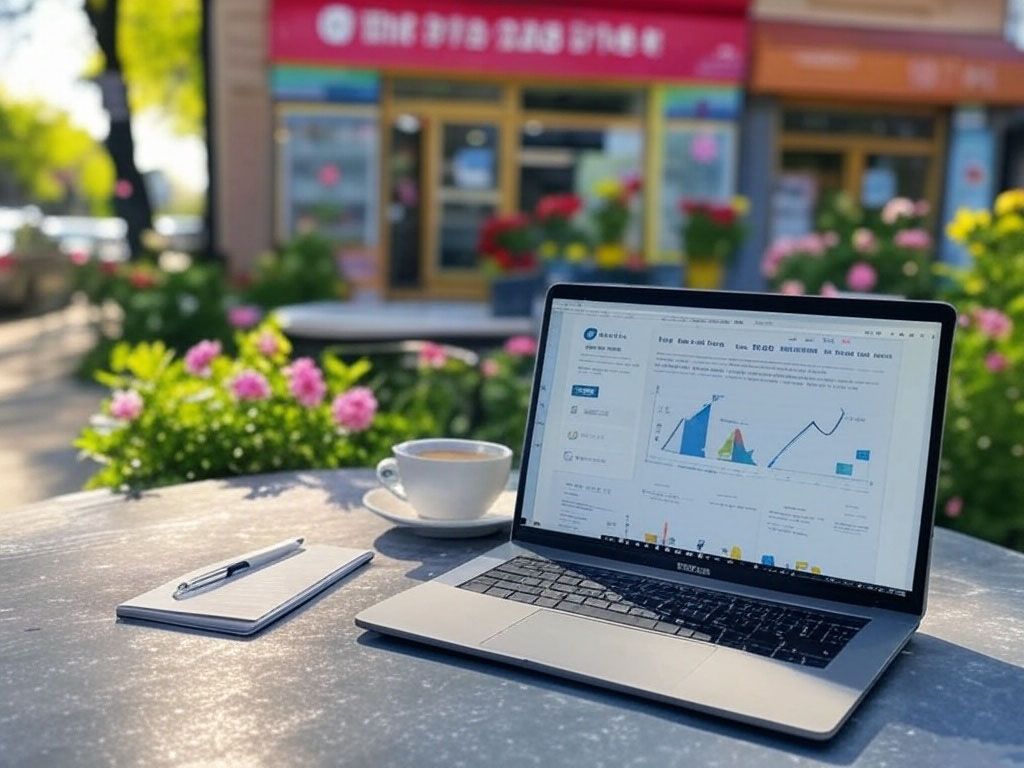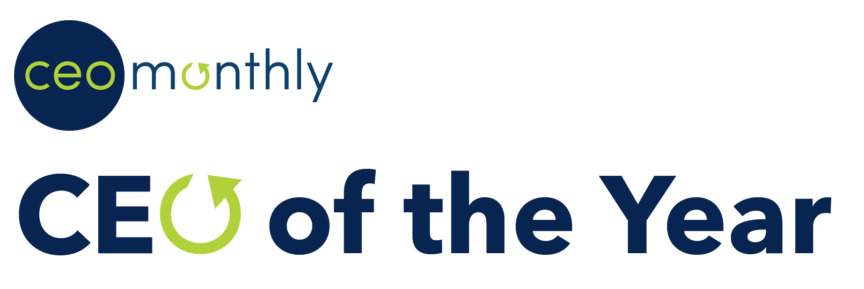Demand Generation vs. Lead Generation: Key Differences & Strategies
In the world of marketing, understanding the nuances between demand generation and lead generation is crucial for crafting effective strategies. While both aim to drive sales, they employ different approaches and tactics. This article delves into the key differences and strategies associated with each, providing insights into how businesses can leverage both to maximize their impact and success.

Understanding Lead Generation
What is Lead Generation?
Lead generation refers to the process of attracting and converting potential customers into individuals who have expressed interest in your product or service. This interest often manifests in the form of contact information, which is vital for further engagement. Effective lead generation campaigns focus on identifying and nurturing a target audience, ultimately guiding them through the sales funnel. By employing various marketing strategies, businesses can successfully capture leads that will contribute to their overall sales objectives.
Key Techniques in Lead Generation
Several lead generation strategies are pivotal in creating an effective lead generation campaign. These can include content marketing, SEO, social media outreach, and targeted email campaigns. Each of these generation tactics serves to build awareness of your brand and cultivate interest in your offerings. By utilizing lead nurturing techniques, businesses can maintain a relationship with potential customers, ensuring they remain engaged until they are ready to make a purchasing decision. The key lies in selecting the right lead generation tactics that align with your overall marketing goals.
Measuring Success in Lead Generation
To determine the effectiveness of lead generation efforts, businesses must establish clear metrics for success. This can include tracking the number of leads generated, conversion rates, and the quality of leads in relation to customer engagement. Additionally, understanding the difference between lead generation and demand generation allows marketers to refine their strategies based on performance data. By consistently measuring and analyzing these key performance indicators, organizations can enhance their lead generation strategies and better align them with their demand generation campaigns.

Exploring Demand Generation
What is Demand Generation?
Demand generation refers to the comprehensive marketing strategies designed to create interest in a product or service and stimulate consumer demand. Unlike lead generation, which focuses primarily on capturing contact information from potential customers, demand generation encompasses a broader approach aimed at building brand awareness and fostering relationships with the target audience. By engaging potential buyers through informative content, webinars, and social media interactions, businesses can effectively generate demand. This holistic strategy not only nurtures leads but also educates consumers about the benefits of a product or service, ultimately guiding them through the sales funnel.
Strategies for Effective Demand Generation
Implementing an effective demand generation strategy requires a blend of various marketing tactics tailored to resonate with the target audience. Content marketing plays a crucial role, as informative articles, videos, and infographics can build awareness and convey the value of a brand's offerings. Engaging in social media campaigns and utilizing search engine optimization (SEO) are also vital demand generation strategies, as they enhance visibility and attract a wider audience. Additionally, nurturing leads through personalized email campaigns helps maintain interest in your product. By strategically combining these generation tactics, businesses can create a robust demand generation campaign that drives sustainable growth.
Measuring the Impact of Demand Generation
To evaluate the effectiveness of demand generation efforts, businesses must adopt key performance indicators (KPIs) that reflect engagement and conversion. Metrics such as website traffic, social media engagement, and the number of leads generated can help gauge the success of demand generation campaigns. Moreover, analyzing the quality of generated leads in relation to customer engagement can provide insights into how well the campaign resonates with the target audience. Understanding the difference between demand generation and lead generation is essential for businesses to refine their marketing strategies and ensure alignment between different campaign objectives, ultimately leading to increased sales and brand loyalty.

Key Differences Between Demand Generation and Lead Generation
Goals and Objectives
The primary goal of demand generation is to create demand and build brand awareness around a product or service. This encompasses a broad range of marketing strategies designed to engage potential customers and nurture them through the sales funnel. In contrast, the objective of lead generation focuses specifically on capturing contact information from interested prospects. While lead generation helps in identifying potential customers, demand generation aims to educate and engage the target audience, ultimately leading them towards a purchasing decision. Understanding these key differences is crucial for businesses to tailor their marketing strategies effectively, ensuring that both demand and lead generation efforts align with overall sales goals.
Target Audience and Engagement
When it comes to targeting, demand generation strategies encompass a wider audience, aiming to create interest in your product or service among a broad spectrum of potential buyers. This approach often involves engaging with individuals who may not yet be considering a purchase but can benefit from informative content and brand interactions. On the other hand, lead generation targets individuals who have already expressed interest in a product or service, focusing on capturing their contact information for further communication. Both demand generation and lead generation require tailored engagement strategies; however, the former emphasizes brand awareness and education, while the latter prioritizes direct interaction and lead nurturing to convert prospects into customers.
Tools and Techniques
Both demand generation and lead generation utilize different tools and techniques tailored to their specific goals. Demand generation strategies often include content marketing, social media outreach, webinars, and SEO tactics aimed at building brand awareness and generating interest. These techniques help educate the target audience, creating a foundation for future sales. Conversely, lead generation strategies are more focused on targeted campaigns such as landing pages, lead magnets, and email marketing designed to capture and nurture leads. By employing the right generation tactics, businesses can effectively drive interest and engagement, maximizing the potential for conversions and ultimately enhancing their overall marketing efforts.

Integrating Demand Generation and Lead Generation
Creating a Unified Strategy
To maximize the effectiveness of marketing efforts, businesses must consider integrating demand generation and lead generation into a cohesive strategy. A unified approach allows organizations to create demand while simultaneously capturing valuable contact information from potential customers. By aligning marketing strategies, teams can ensure that their efforts not only build brand awareness but also nurture leads effectively through the sales funnel. Implementing a demand generation strategy that incorporates lead generation tactics allows businesses to seamlessly transition interested prospects into engaged leads, creating a robust pipeline for future sales opportunities. This integrated approach fosters a deeper understanding of the target audience, ensuring marketing messages resonate and drive conversions.
Best Practices for Collaboration
Collaboration between demand generation and lead generation teams is essential for success. Establishing clear communication channels and shared goals can enhance the effectiveness of both efforts. Regular meetings can foster alignment on marketing strategies, allowing teams to share insights and data that inform their campaigns. Utilizing technology, such as Customer Relationship Management (CRM) systems, can streamline the process of tracking leads and measuring the impact of demand generation efforts. Additionally, developing joint content that appeals to both awareness and interest can create a more cohesive brand narrative. By adopting these best practices, organizations can ensure that their demand gen and lead gen efforts complement each other, ultimately resulting in improved customer engagement and higher conversion rates.
Case Studies of Successful Integration
Examining case studies of companies that successfully integrated demand generation and lead generation can provide valuable insights. For instance, a technology firm that implemented a targeted demand generation campaign utilizing webinars saw a significant increase in brand awareness and interest in their product. By capturing leads during these sessions, they were able to nurture prospects with tailored content, resulting in a higher conversion rate. Another example is a consumer goods company that combined social media campaigns with lead magnet strategies, effectively generating demand while also collecting contact information for future marketing efforts. These case studies illustrate how a well-executed integration of demand and lead generation can drive measurable results and foster long-term customer relationships.

Common Misconceptions About Demand and Lead Generation
Clarifying Terminology
One of the primary misconceptions in marketing is the interchangeable use of demand generation and lead generation terminology. While they are closely related, understanding the distinction is crucial for effective strategy implementation. Demand generation focuses on creating interest and awareness around a product or service, while lead generation specifically targets capturing contact information from interested prospects. This difference between demand generation and lead generation highlights the need for marketers to tailor their campaigns accordingly. By clarifying these terms within the organization, teams can eliminate confusion and enhance collaboration, ultimately leading to more effective marketing strategies that drive results.
Understanding the Value of Each Approach
Recognizing the value of both demand generation and lead generation is essential for businesses looking to optimize their marketing efforts. Demand generation creates a foundation of awareness and interest, establishing a relationship with the target audience before they are ready to make a purchase. In contrast, lead generation capitalizes on that interest by converting potential customers into leads. Both approaches complement each other; demand generation fuels the lead generation process while lead generation helps convert the interest generated into actual sales. By understanding the unique value each approach provides, organizations can develop comprehensive strategies that effectively engage their audience and drive revenue growth.
Overcoming Challenges in Implementation
Implementing a successful demand generation and lead generation strategy can present several challenges. One common issue is ensuring alignment between marketing and sales teams, as miscommunication can lead to missed opportunities. Additionally, organizations may struggle with tracking the performance of their demand generation efforts, making it difficult to measure the effectiveness of their campaigns. To overcome these challenges, businesses should invest in technology that facilitates data sharing and reporting, ensuring that all teams are on the same page. Moreover, regularly reviewing and refining strategies based on performance metrics can help organizations adapt to changing market conditions, ultimately leading to more successful demand and lead generation campaigns.
We’re Ready When You Are
See What We Can Do For Your Business


At Leads Nurtured, our mission is clear: to empower business owners in expanding their ventures.
As a rapidly growing specialist in Lead Generation, we're dedicated to serving various regions.
Explore the areas we cater to here.
Solution
Company
Award-Winning
Lead Generation Agency
COTERSA Limited t/a Leads Nurtured, 3rd Floor, 86-90 Paul Street, London, EC2A 4NE, UK
is a registered company in England & Wales number 13111232
COTERSA Limited t/a Leads Nurtured. All Rights Reserved.
















